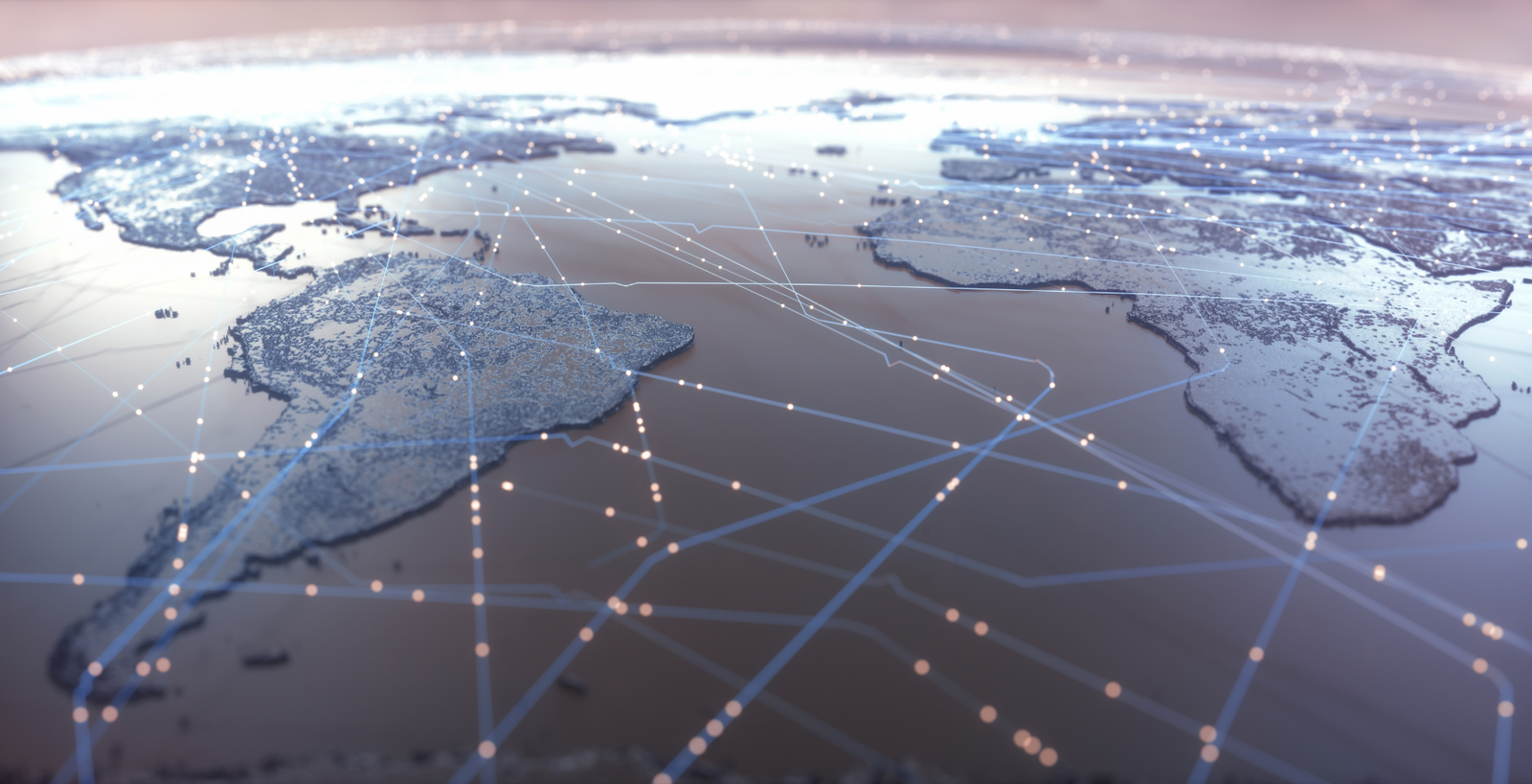“The global Internet consists of thousands of interconnected networks run by service providers, individual companies, universities, and governments. These extensive networks connect simultaneously in many independent ways to establish the singular entity known as the Internet”-source: Internetsociety.org
“In eu ultricies lacus. Phasellus non ante nec neque imperdiet congue. Donec sed lectus eu mi tincidunt rhoncus non a metus. In hac habitasse platea dictumst”
Because the Internet is formed on an ‘Open Standard’ within its operation, no unique entity owns the Internet. The Internet Society, a non-profit group established in 1992, oversees the standard formation of Internet policies and protocols that define how we use and interact with the Internet.
Internet Open standards are the cornerstone of the Internet and they are key to allowing devices, services, and applications to work together across an extensive and dispersed network of networks. For the Internet Network to work cohesively and efficiently, telecommunications providers run fiber optic cabling across the globe and trade Internet traffic across these cables.
Internet traffic represents the digital content that we engage with daily, it consists of traffic such as video, social media, and communications networks. The configuration that enables this to happen is what’s known as the Internet Infrastructure.
Without trust and collaboration between those who build and maintain the Internet, Internet connections become less reliable.
The Growth of Internet Traffic
At the start of 2021, approximately 4.94 billion people around the world, a 60% penetration of the global population were connected to the Internet – source:Internetworldstats.com
With global Internet Service providers collaborating to scale the surging demand of the Internet’s capacity, the Internet has become one of our most transformative and fast-growing technologies.
Fuelling the demand for the Internet, are bandwidth-consumer applications such as streaming TV, gaming, IoT, 5G, and VR/AR.
As the increasing demand for Internet bandwidth increases around the globe more crucial than ever before is the need for Internet Exchange Points as part of the critical network infrastructure.
What is an Internet Exchange Point?
Internet exchange points or IXPs are physical routing or server facilities, a technical setup, where different networks connect to exchange Internet traffic.
In basic terms, an Internet Exchange Point is a technical center where Internet service providers (ISPs) unify to link their different networks to each other.
Internet Exchange Points are fundamental for improving the cost and quality of broadband connectivity within and country and between countries.
When Internet traffic is kept local, within a network that’s ‘interconnected’, the cost of sending and receiving traffic, and the ‘delay’ (latency) is lowered.
.
Internet Exchange Points are a primary foundation of the Internet and there are currently hundreds of IXPs around the globe, more than half of which are in Europe and the USA.
How these networks that travel through an Internet Exchange point, interconnects with other networks is a key factor of Internet Peering.
For an Internet Service Provider to exchange Internet traffic, to grant access to their network, with another ISP or network operator, they make agreements.
These agreements are made based on upstream/transit, typically, on a cost-neutral basis. This internet trade of exchanging traffic is called ‘Peering’.






